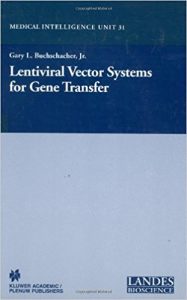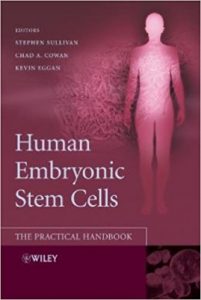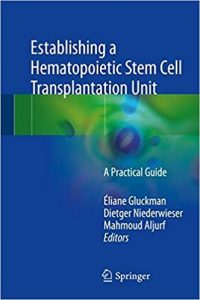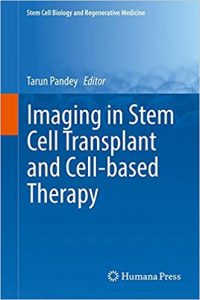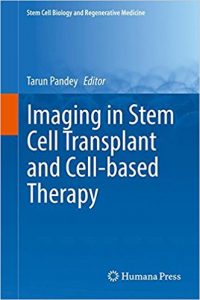The Genealogy of a Gene: Patents, HIV/AIDS, and Race (Transformations: Studies in the History of Science and Technology) Reprint Edition
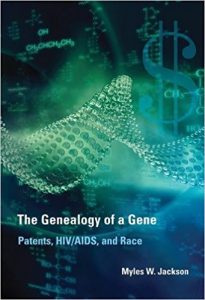
The history of the CCR5 gene as a lens through which to view such issues as intellectual property, Big Pharma, personalized medicine, and race and genomics.
In The Genealogy of a Gene, Myles Jackson uses the story of the CCR5 gene to investigate the interrelationships among science, technology, and society. Mapping the varied “genealogy” of CCR5 — intellectual property, natural selection, Big and Small Pharma, human diversity studies, personalized medicine, ancestry studies, and race and genomics — Jackson links a myriad of diverse topics. The history of CCR5 from the 1990s to the present offers a vivid illustration of how intellectual property law has changed the conduct and content of scientific knowledge, and the social, political, and ethical implications of such a transformation.
The CCR5 gene began as a small sequence of DNA, became a patented product of a corporation, and then, when it was found to be an AIDS virus co-receptor with a key role in the immune system, it became part of the biomedical research world — and a potential moneymaker for the pharmaceutical industry. When it was further discovered that a mutation of the gene found in certain populations conferred near-immunity to the AIDS virus, questions about race and genetics arose. Jackson describes these developments in the context of larger issues, including the rise of “biocapitalism,” the patentability of products of nature, the difference between U.S. and European patenting approaches, and the relevance of race and ethnicity to medical research.
DOWNLOAD THIS BOOK FREE HERE

